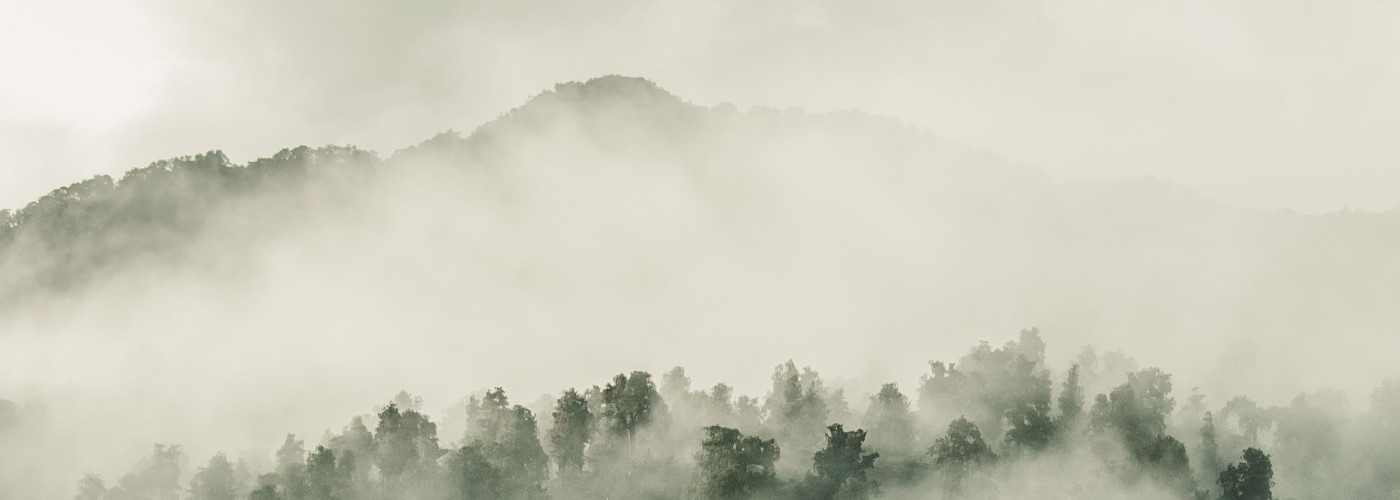

The Amazon is the world's largest rainforest and is also known as "the planet's lungs." It expands across eight countries and covers 40% of South America. A very large number of animals, plants, and reptiles also live in the Amazon, with most of them native to the region.
The Amazon has been taken over by farmers and cattle ranchers, who use this area to produce meat. This year alone, there has been an 80% increase in deforestation! Farmers also have a seasonal agricultural pattern where they wait until the vegetation is dry. Then they start burning and clearing the areas so the cattle can graze. The number of wildfires in Brazil is up 80% compared to last year and is burning at the highest rate since 2013! As of the last couple of weeks, about 9,000 wildfires have been raging across the Amazon. The big question remains: How is this affecting the wildlife that live there?
The wildfires' impact will come in immediate and long term phases for the wildlife. Animals have very little options when their homes are burning. They can try to hide by burrowing or going into water, says Mazeika Sullivan, associate professor at Ohio State University School of Environment and Natural Resources. She also mentions that the animals who cannot do this will either be displaced or die. This is not only due to the flames, but also the heat from the flames, and smoke inhalation. "In a system that is not adapted to fire, you have a lot more losers than you will in other landscapes," Sullivan says. Certain animals have traits that may be beneficial in wildfires. Large moving animals, like jaguars and pumas, may be able to escape. The same goes with birds, since most of them can fly away. Slow and smaller animals like sloths, anteaters, frogs, and lizards may not be so lucky, as they will likely be unable to move out of the fire's path. What is even sadder is that some species are only found in the Amazon, such as the Mura's Saddleback Tamarin, a type of monkey. If they die, then that species will be extinct. This holds true to other birds and wildlife. Aquatic animals in large bodies of water are safe for now, but fires will burn right over animals in small rivers or creeks, says Sullivan. Water-dwelling amphibians, who need to stay partially above water to breathe, are also in danger. Fires can also change the chemistry of the water to the point where it can no longer support life.
Long term effects are more catastrophic, says Sullivan. The ecosystems that are burning now will be altered. An example of this is with the Amazon's canopy; it blocks sunlight from reaching the ground. As the fire burns, it becomes open to the sunlight, therefore changing the energy flow of the entire ecosystem. This can have quite an effect on the entire food chain, Sullivan says. Animals who use trees and the canopy to camouflage from predators would become exposed. Other animals, such as toucans and spider monkeys, rely on the canopy. With the canopy gone, they are forced into other areas with more competition. The only winners in wildfires are likely raptors and other predators, who now have exposed landscapes to make hunting easier.
Sadly, there have been changes in policy that encourages deforestation in Brazil, which basically allows anybody to do what they want. Conservationists and citizens have gone to social media and are criticizing Brazil's government policies. Others expressed that global needs for beef are also causing the accelerated clearing of rainforest. Lastly, with the burning of the Amazon, this also could have a significant impact on climate change.